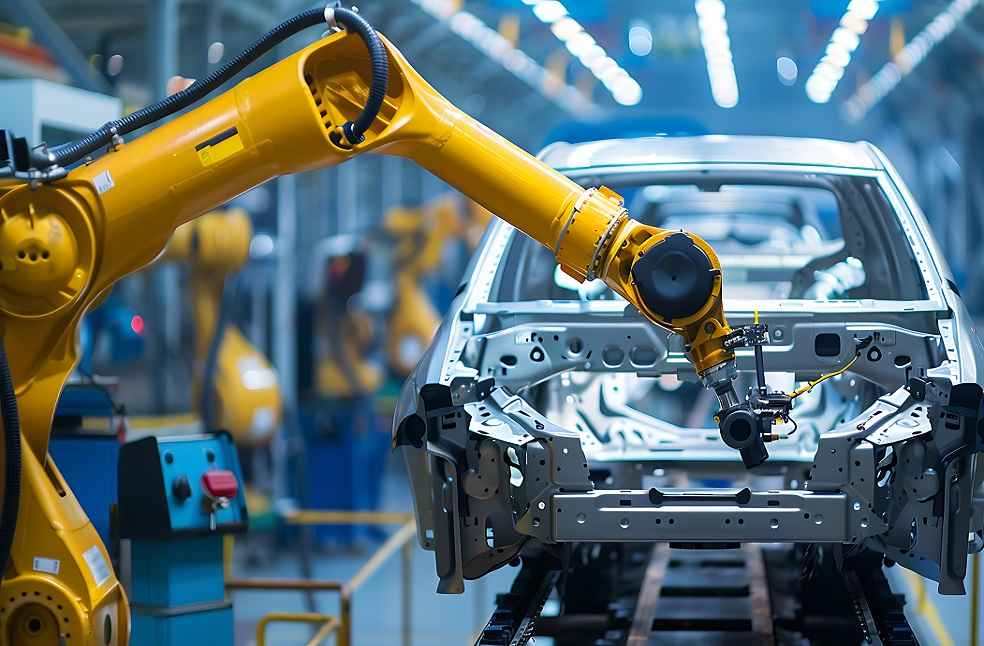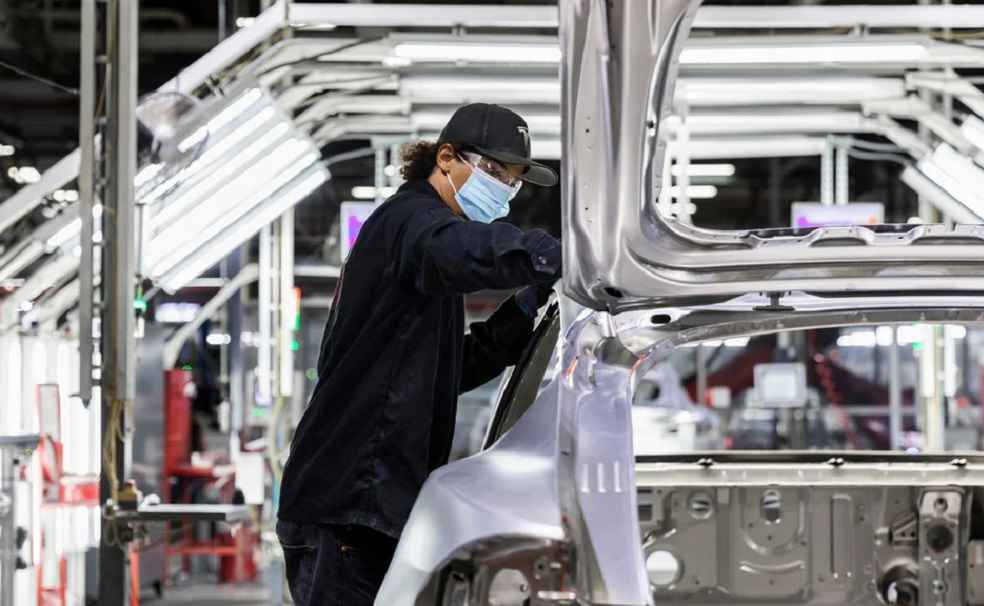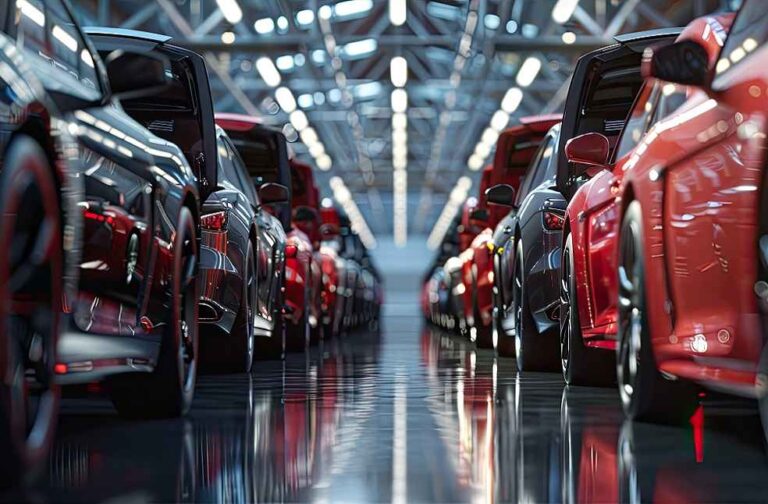Vietnam is pushing forward with plans to enhance its domestic auto industry by 2030, aiming to boost market share and production capacity. A draft strategy submitted to the government last month projects the auto market to grow by 14-16% annually, reaching over one million vehicle units by the end of the decade. Electric and hybrid vehicles are expected to account for 350,000 units.
By 2035, Vietnam plans to produce 1.5 million vehicles annually, meeting 78% of domestic demand and exporting 90,000 units, with a focus on environmentally friendly models. The country also targets increased production of components, aiming to meet 55-60% of demand domestically by 2030 and 80-85% by 2045.

The Ministry of Industry and Trade reports significant progress in the vehicle market, with car ownership in 2023 averaging 63 cars per 1,000 people. Passenger cars with fewer than nine seats make up 30 cars per 1,000 people. The draft strategy emphasizes building a long-term plan with a vision to 2045 to support continued growth.
Key goals include fostering collaboration between domestic and international manufacturers, improving traffic infrastructure, and boosting the country’s competitiveness in the global supply chain for components and spare parts.
Nguyen Chi Sang, General Secretary of the Vietnam Association of Mechanical Enterprises, highlighted opportunities for domestic industries to advance in both quantity and quality, as vehicle manufacturing expands. However, Vietnam’s localisation rate remains lower than regional competitors like Thailand and Indonesia, where it averages 65-70%. The country imports $2-3.5 billion in vehicle components annually, primarily for products with higher technology content.

At a recent conference, THACO Group Chairman Tran Ba Duong outlined plans to increase the localisation rate, with a focus on green vehicles to align with Vietnam’s emission reduction goals. THACO plans to invest in seven factories by the end of the year and three more by 2025 to produce components where Vietnam has an advantage, aiming to raise the localisation rate of passenger cars to 45%.
THACO is also developing a separate industrial park in southern Vietnam to meet growing demand from foreign enterprises moving production to the country. Duong expects the contribution of the supporting industry to THACO’s operations to double next year.
DON’T MISS | Stellantis CEO Tavares to Retire in 2026 Amid Major Industry Shakeup





